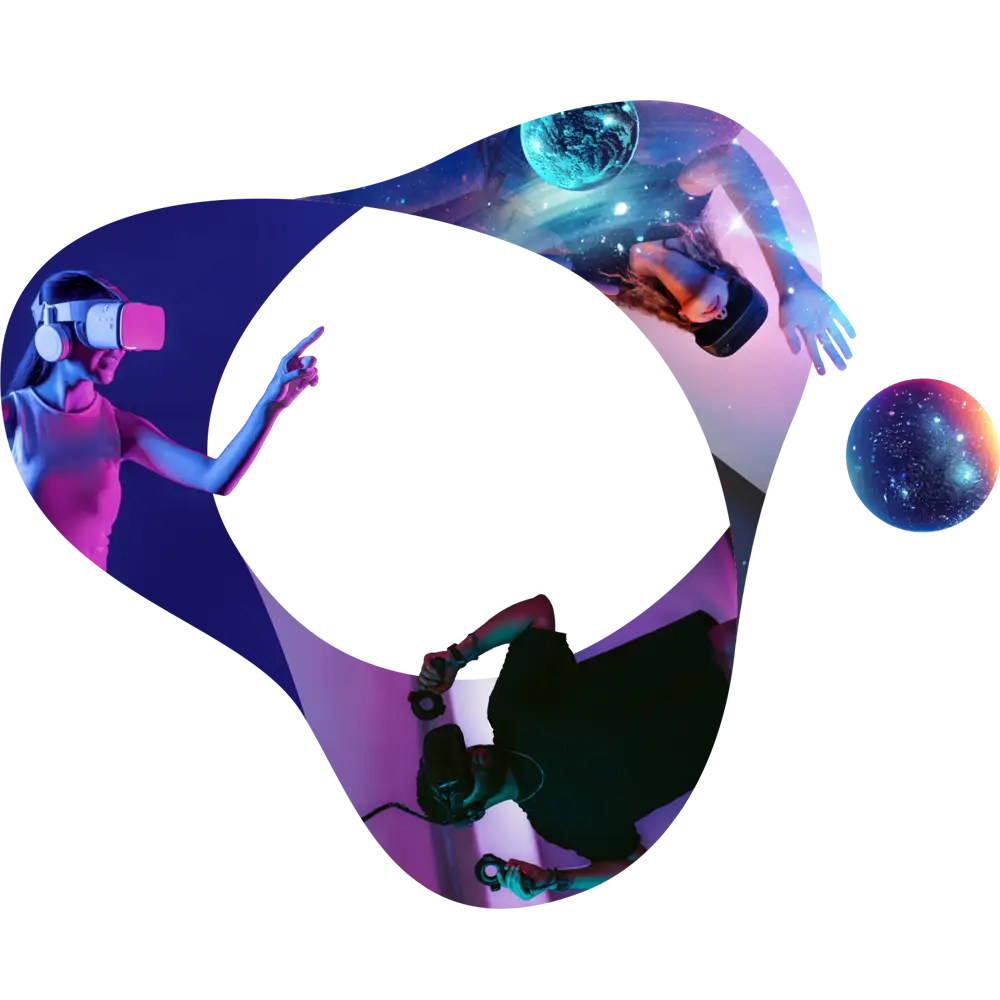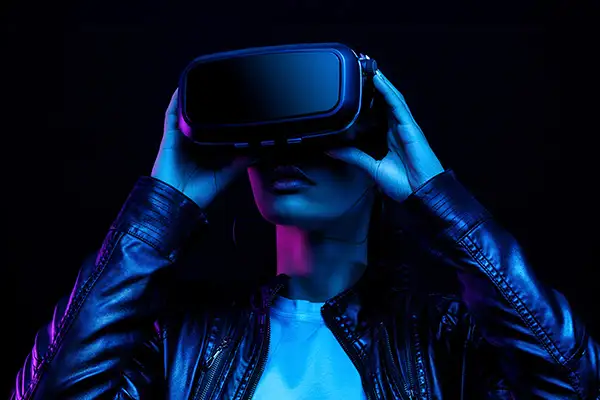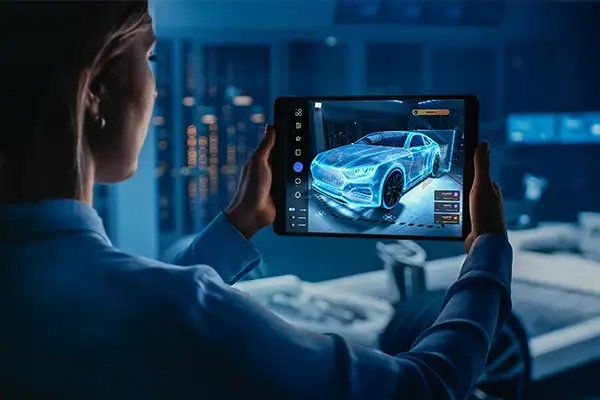Content
Virtual Reality (VR) is revolutionizing the way we experience digital content, enabling users to immerse themselves in entirely computer-generated environments. Unlike traditional media, VR allows for interaction within a virtual space, providing a unique sense of presence. Whether used for gaming, professional training, education, or storytelling, VR technology transports users to simulated worlds that feel vivid and real, enhancing engagement and immersion.
At Fraunhofer HHI, we have been pioneering VR technologies that push the boundaries of what virtual reality can achieve. Our expertise lies not only in the creation of high-quality VR content but also in tackling the technical challenges that come with developing fully immersive virtual environments. One significant project exemplifying our approach is the creation of VR experiences based on the testimonies of Holocaust survivors Ernst Grube and Eva Umlauf. In this project, we used VR to bring to life the personal stories of these survivors, allowing users to witness their experiences in a deeply emotional and educational way. These immersive VR experiences enable a profound connection with history, offering a new dimension to historical storytelling that promotes empathy and understanding in ways that traditional media cannot.
The power of VR storytelling goes beyond just entertainment; it transforms how we engage with history, culture, and education. The VR experiences of Ernst Grube and Eva Umlauf use immersive environments to communicate sensitive and important historical events, making the users feel as though they are standing right there alongside these individuals as they recount their stories. Through careful design, the project avoids sensationalism and instead fosters a space for quiet reflection and learning, using VR technology to deepen the audience’s connection to history.
Beyond creating immersive content, Fraunhofer HHI is actively engaged in solving the key technological challenges in VR, aiming to make it even more accessible, user-friendly, and impactful. One major challenge is improving visual quality in virtual environments. While VR hardware has seen rapid development, providing higher resolution displays, many VR systems still struggle with delivering photorealistic environments at high frame rates, which are crucial for maintaining a seamless and comfortable user experience. Fraunhofer HHI is working on optimizing VR rendering techniques to create visually stunning environments without overburdening hardware resources.
Another critical issue in VR is latency, which refers to the delay between a user’s movements and the corresponding update in the virtual environment. High latency can cause motion sickness or discomfort, detracting from the immersive experience. Fraunhofer HHI is addressing this problem by developing systems that reduce latency to imperceptible levels, making virtual environments feel more responsive and natural. This improvement is particularly important for applications in training and simulation, where quick reflexes and precision are essential.
In addition to enhancing visual fidelity and reducing latency, Fraunhofer HHI is exploring advances in haptic feedback systems. Haptics, or touch-based feedback, allows users to „feel“ virtual objects, adding an extra layer of realism to interactions in virtual environments. Current VR systems often rely on visual and auditory cues, but by incorporating haptic feedback, users can physically engage with their surroundings, whether they are manipulating tools in a virtual workshop or interacting with medical instruments during a VR simulation. Fraunhofer HHI’s research into advanced haptic interfaces aims to make VR experiences more tactile and immersive, expanding the range of applications for VR in professional training and education.
As VR continues to evolve, Fraunhofer HHI is committed to advancing the technology through cutting-edge research in areas such as volumetric video, virtual human interaction, and immersive storytelling. By developing solutions for better real-time rendering, natural interactivity, and emotional engagement, Fraunhofer HHI is paving the way for the future of immersive virtual experiences across a range of industries, from entertainment and education to healthcare and industrial training.


Our VR technologies offer fully immersive experiences with volumetric video, advanced motion tracking, and interactive environments.

Our AR and MR innovations blend digital and real worlds, creating powerful tools for industrial applications, education, and training.

Our advanced 360-degree video technologies deliver immersive, high-resolution panoramic views, transforming virtual experiences and live event broadcasting.

Our cutting-edge spatial audio solutions create precise, three-dimensional soundscapes, redefining realism in immersive media environments.